How much paint do I need for one wall? Tips for calculating coverage from decorating experts
Running out of paint before you've finished your job is every decorators worst nightmare. Here's how to avoid it
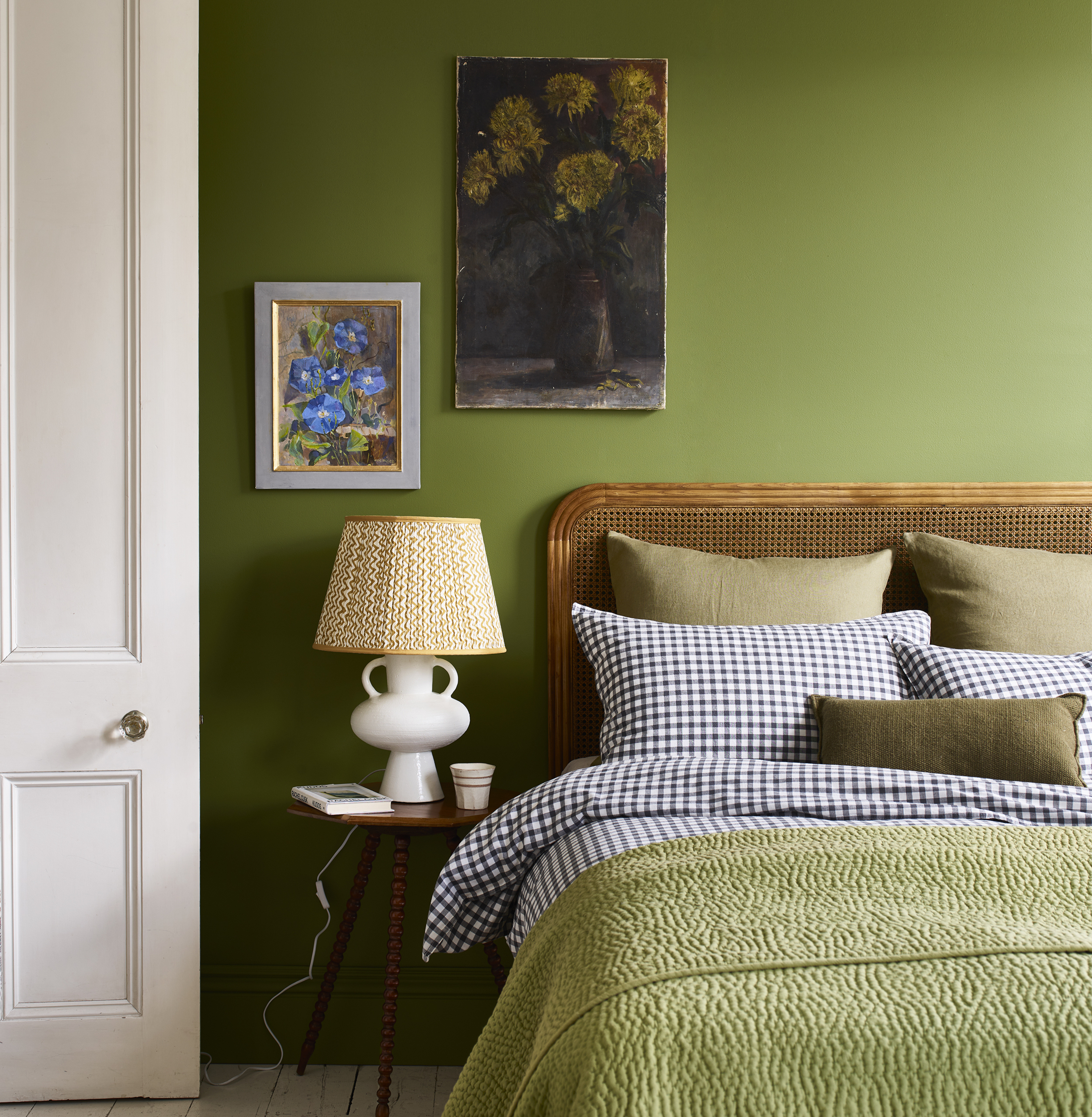

Knowing how much paint you need for one wall can be tricky to judge. There really is nothing worse than starting a new project only to run out of paint when only three of your four walls are covered (unless, of course, that fourth wall is an accent wall).
Frustratingly though, there are myriad factors that can make it hard to know how much paint you'll need for your job, leaving you to play chicken with what's left in the paint can. Paint coverage, the size of your room, the size of your paint can, and your ceiling height are just a few of the variable conditions that can affect how much paint you need to buy.
Luckily, by calculating some averages, you can estimate how much paint you're likely to need per wall. While not entirely accurate, these estimates are going to make it far easier to decorate your home without the risk of running out of paint or, conversely, overbuying. Whether your paint ideas extend to your entire house, one room, or just an alcove, we asked some painting experts in the know how much paint you can expect to use.

Lilith is an expert at following news and trends across the world of interiors. She's committed to helping readers make the best choices in their homes through writing practical tips and guides to help inform their design choices. For this piece she spoke with paint experts to learn all there is to know about calculating how much paint you'll need for one wall.
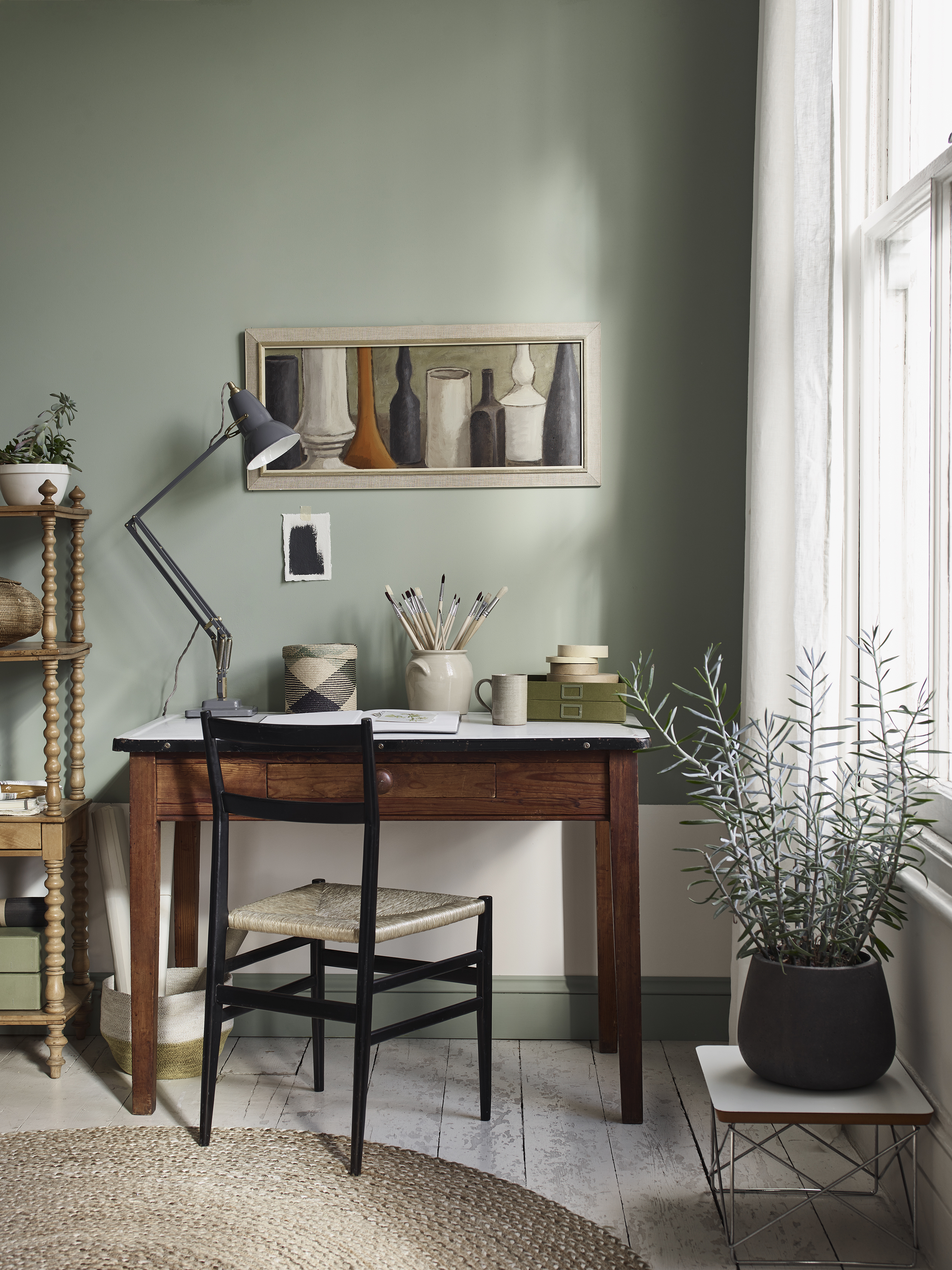
How to calculate how much paint is needed for one wall
You know how to paint a room, but calculating how much paint you need for a wall isn't as easy. In fact, you might need to revisit your high school math lessons in order to get it right. By multiplying a few figures, and then doing some simple division, you should be able to work out how much paint you're likely to need for one wall. According to Charlotte Radford, Senior Product Manager at Valspar, here's how it's done.
'Measure the maximum height and width of the wall and multiply them together to have the total amount of the surface you need to cover,' she explains. 'Then measure any windows or doors present on your wall and subtract the space they take from your overall square footage.'
Know you have the surface area of the wall you're painting, you'll need to think about the nature of the surface itself to help inform the type of paint you decide to buy. 'Porous walls are likely to require extra coats, and so are walls undergoing dramatic color transformations, particularly if you’re planning to cover a dark color with a lighter one,' says Charlotte.
When it comes to how to paint a wall, most paint brands will recommend two coats, so bear that in mind when you make your calculations. (This is simply a case of multiplying your final figure by two). Don't forget that you might need a primer as well, unless the brand you're buying offers a two-in-one primer/paint.
Finally - take your total number and divide it by the square footage per gallon on your tin,' says Charlotte. These should be displayed on the back of most paint tins, but you can also ask a specialist or search online if need be. 'Don’t forget to account for touch-ups or those "just in case" scenarios,' advises Charlotte. 'We recommend at least 10% extra product.'
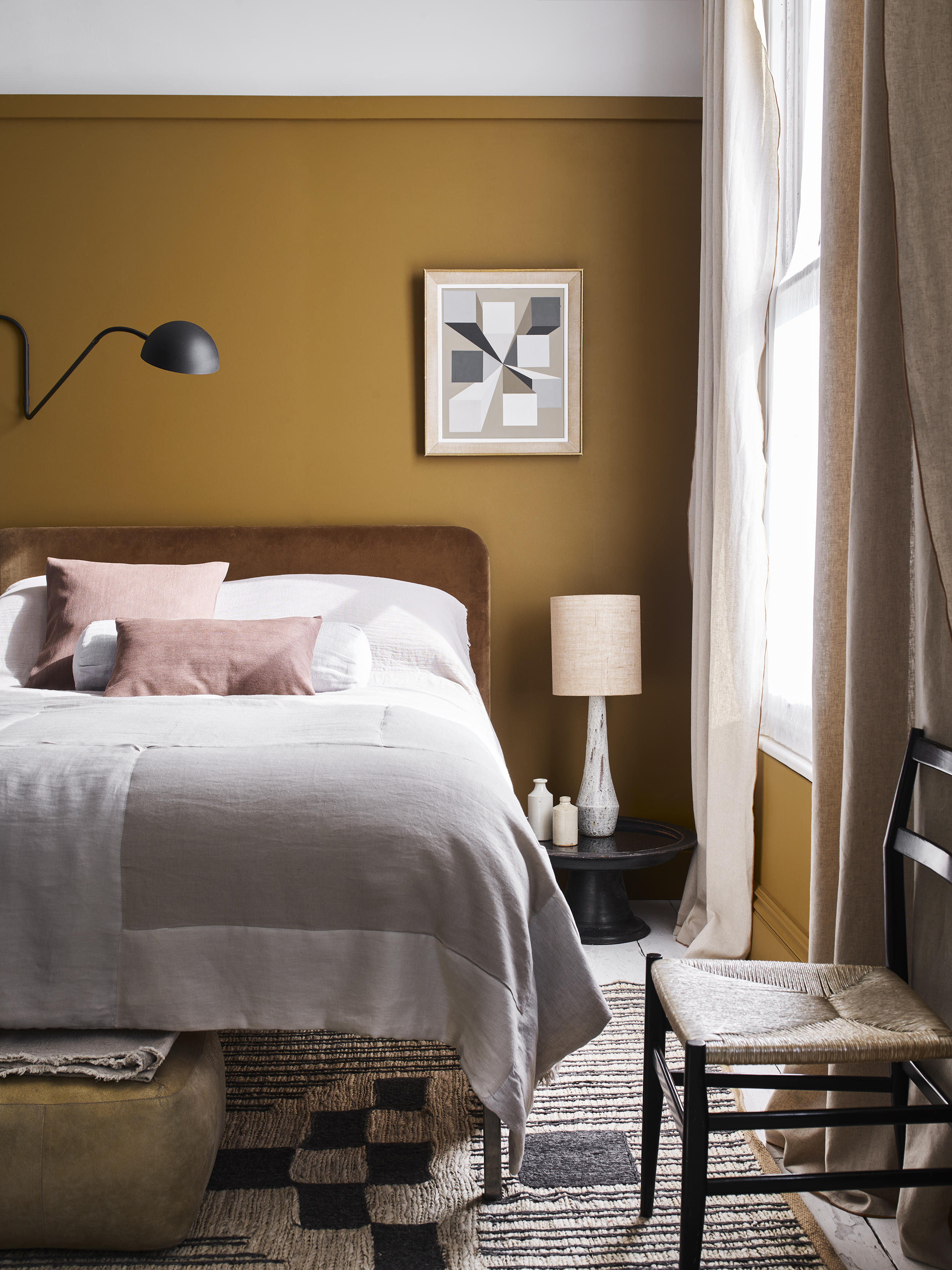
If your project is an accent wall, your job ends here. In most cases though, you'll be painting more than just one wall.
Unfortunately for us, rooms aren't even squares. You'll need to measure the two adjacent walls in most cases, and it's not simply a case of adding them all together for a room. You MUST remember to subtract the measurements for doors and windows, and add extra square footage for alcoves, for each individual wall to get a precise measurement.
Consider using an online paint calculator tool
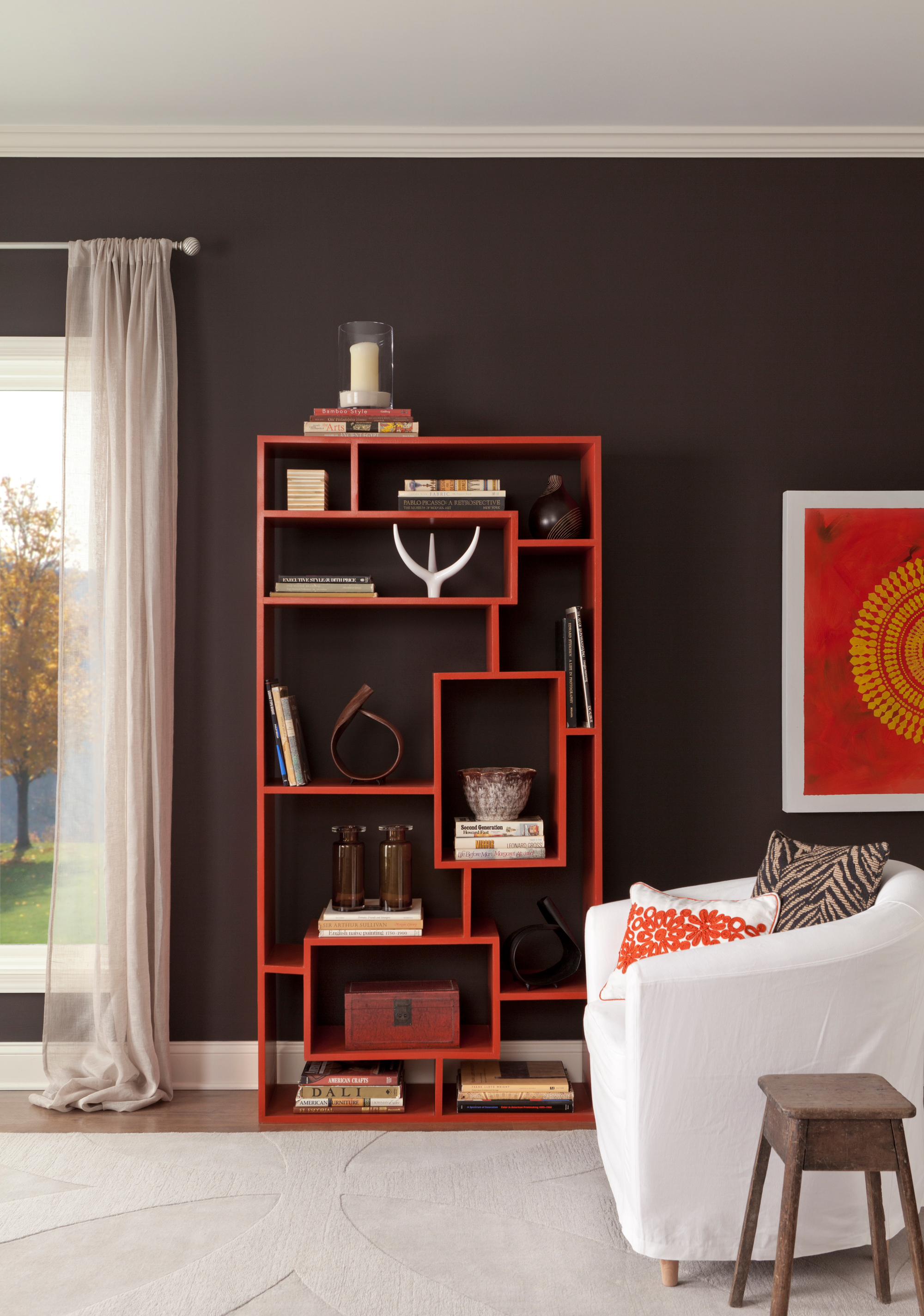
In this modern age, many paint brands now also offer a digital paint calculating too on their website. Lick paints have their own paint calculator based on the most common room sizes, while Valspar's coverage calculator asks you to input the width and height of your walls and does the rest of the job for you. These are the safest options if you don't trust yourself with numbers!
Be The First To Know
The Livingetc newsletters are your inside source for what’s shaping interiors now - and what’s next. Discover trend forecasts, smart style ideas, and curated shopping inspiration that brings design to life. Subscribe today and stay ahead of the curve.

Lilith Hudson is a freelance writer and regular contributor to Livingetc. She holds an MA in Magazine Journalism from City, University of London, and has written for various titles including Homes & Gardens, House Beautiful, Advnture, the Saturday Times Magazine, Evening Standard, DJ Mag, Metro, and The Simple Things Magazine.
Prior to going freelance, Lilith was the News and Trends Editor at Livingetc. It was a role that helped her develop a keen eye for spotting all the latest micro-trends, interior hacks, and viral decor must-haves you need in your home. With a constant ear to the ground on the design scene, she's ahead of the curve when it comes to the latest color that's sweeping interiors or the hot new style to decorate our homes.
-
 The Weighted Blanket That Doesn’t Make You Sweat (and the Eye Mask to Match)
The Weighted Blanket That Doesn’t Make You Sweat (and the Eye Mask to Match)Luxury has weight. And apparently, volcanic minerals
By Julia Demer
-
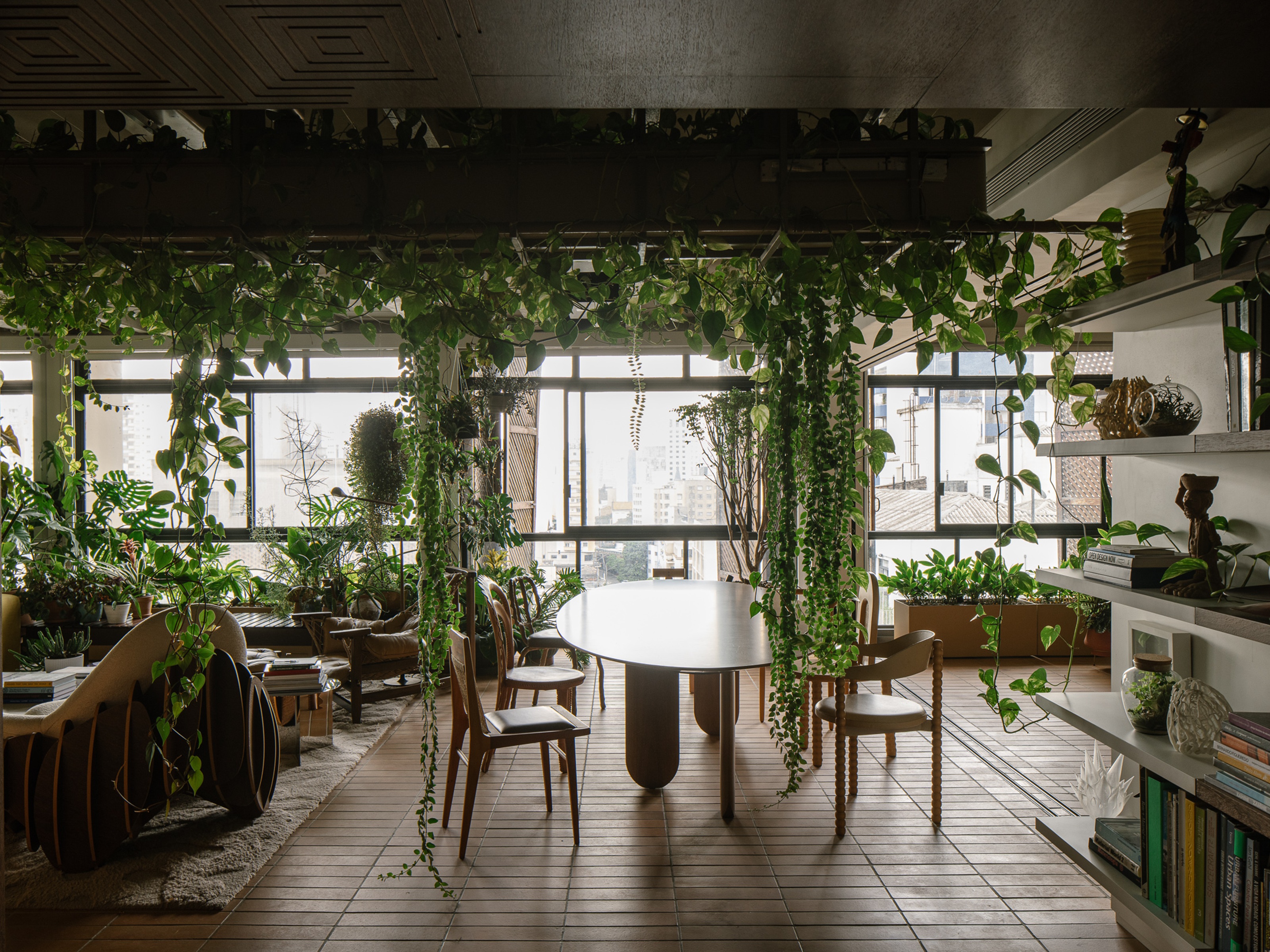 What Is Biophilic Interior Design? I'm an Actual Biophilic Designer, and This Is How to Apply It to Your Home
What Is Biophilic Interior Design? I'm an Actual Biophilic Designer, and This Is How to Apply It to Your HomeA biophilic designer explains the core principles of this practice, and the easy ways you can apply it to your home's design
By Marianna Popejoy